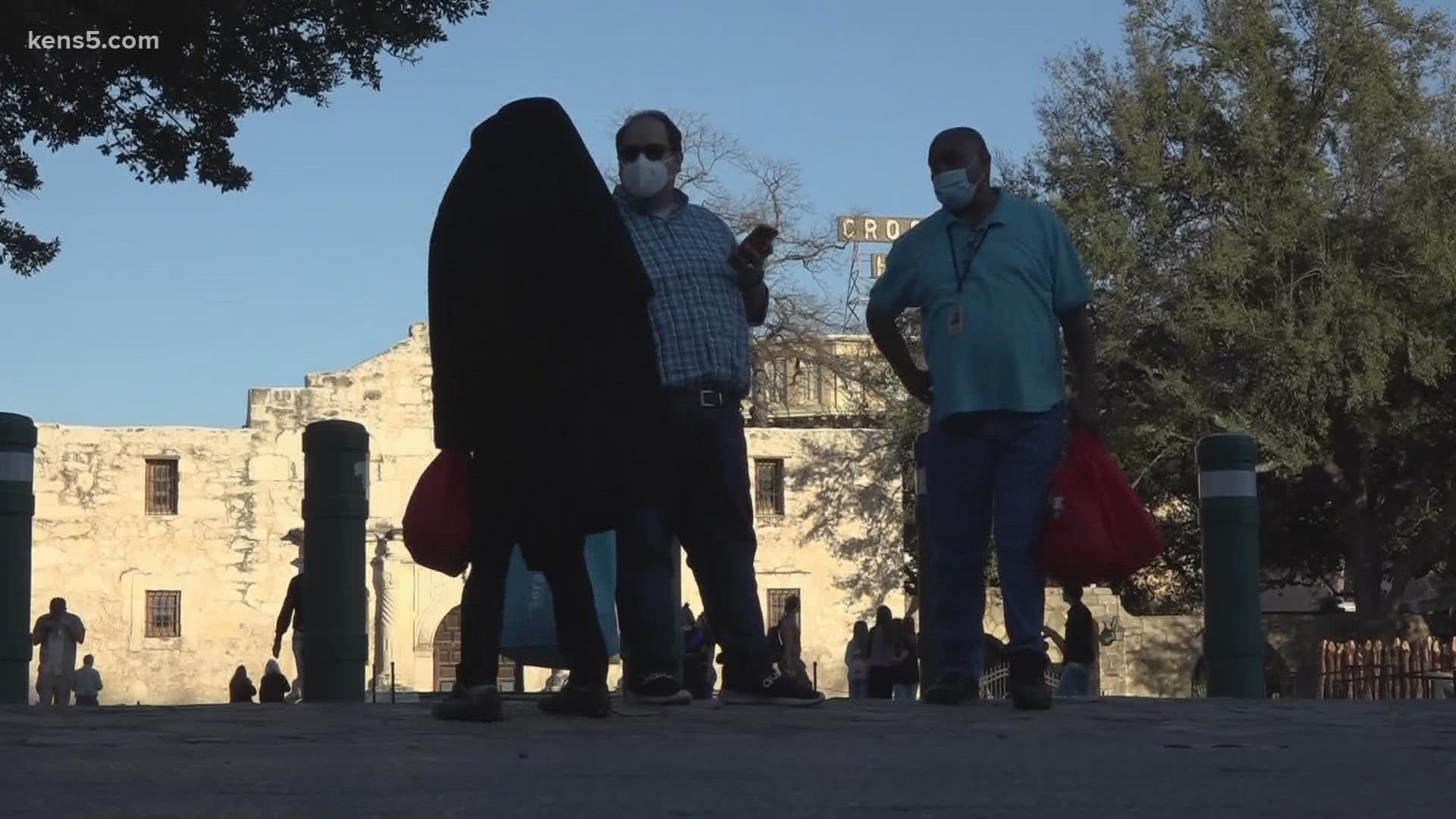SAN ANTONIO — Nobody knows how many people are living on the streets of San Antonio now but there is an effort underway to find out.
The South Alamo Regional Alliance for the Homeless (SARAH) dispatched teams of survey takers this week for the annual Point-In-Time Count of unsheltered people.
Coordinators say this year's count is vital because last year the effort was cancelled due to pandemic concerns.
Smaller survey teams this year were armed with protective masks and hand sanitizers and they were given bags of personal care supplies to hand out to those they spoke with.
The data they are collecting will be used to develop better solutions for the homeless and the community at large.
Katie Vela is the Executive Director of SARAH. Vela said "This is our unsheltered count where we'll deploy teams out into the community with supply kits and conduct a survey that will lead to a community wide report to be used for policy making."
Vela said the one night snapshot will provide hard data to back up their estimates.
"Throughout the year we're seeing more like 6,000 to 8,000 people experiencing homelessness," Vela said.
Vela said they believe they will find mental health issues continue to be a big factor.
"We need long-term, permanent, supportive housing options, where there are services on site, providing medical care, helping people stay on their medications, counseling," Vela said.
One challenge, Vela said, is that there is no one size fits all solution. People become homeless for all kinds of reasons.
Vela said "Rent and mortgages are increasing, and when you pair that with all of the other adverse childhood experiences, untreated mental health, domestic violence and issues faced by veterans, that's how you end up with homelessness."
"Homelessness is a continuum. We have people behind on rent and we have people who have been on the street for ten years and they require different interventions and services," Vela said.
Because many homeless people have experienced trauma, Vela admits it's often difficult to encourage people to accept help and leave the streets behind.
Vela said "People on the street are going to be distrustful of systems. They’ve experienced vast trauma that most of us can't even imagine and so it takes relationship building to get to that yes."
Focusing on long-term solutions, Vela said, is an important tool.
"There's no simple answer but I think what we've learned is that it takes strong collaboration and community awareness," Vela said.
Vela said survey results will be released May 24, just a few days before voters will say yes or no to a housing bond initiative, a plan they say might, at long last, provide long-term solutions.
Vela said "It includes $25 million for permanent supportive housing over the next five years, and we just hope people will look out for that and support it."
More information about resources for the homeless can be found on the SARAH website.

